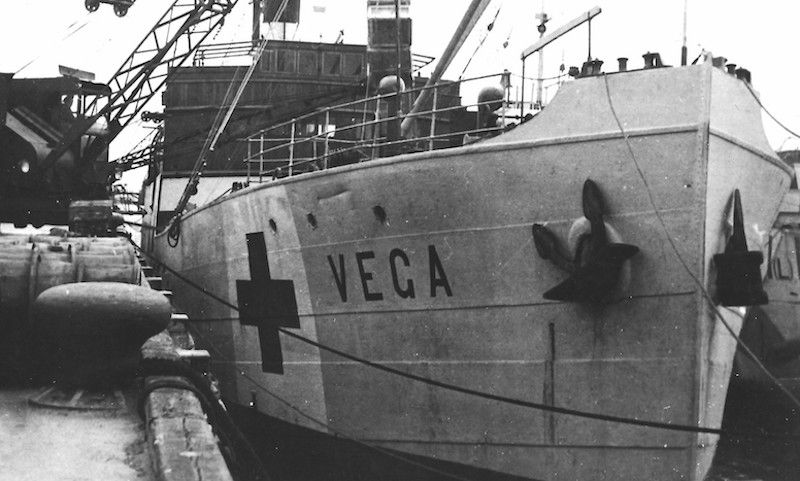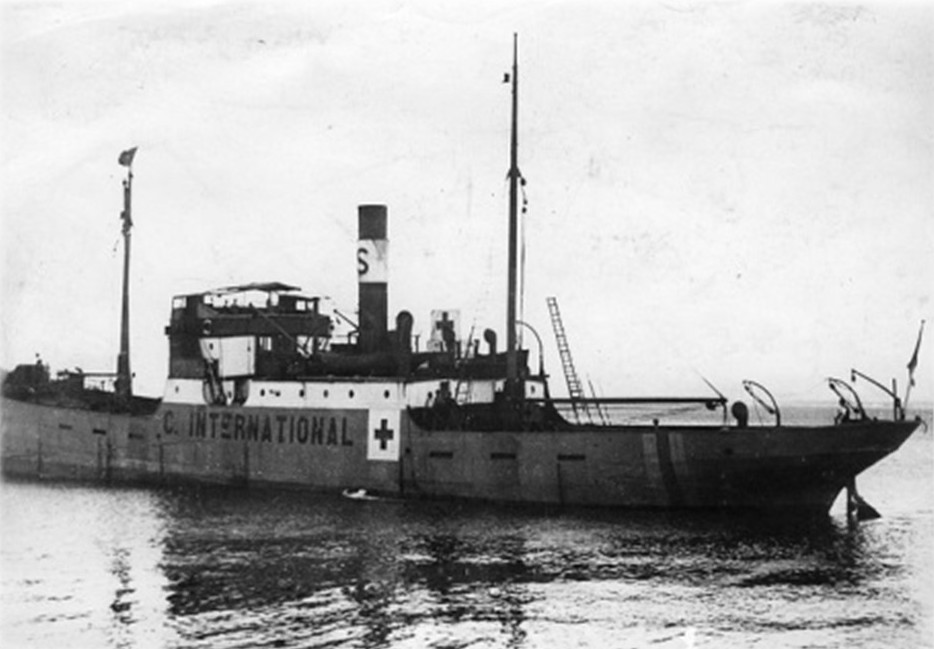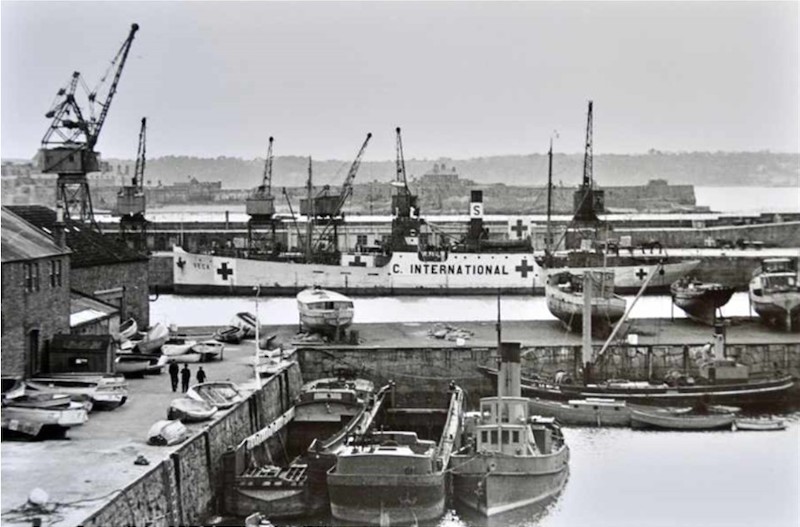


76 years ago, the first consignment of Red Cross parcels arrived in the Channel Islands to provide aid for the civilian population, who for the last few months of 1944 had been on the brink of starvation. But it could have been a different story as the SS Vega, the ship carrying the parcels, sustained damage in Guernsey before arriving in Jersey.
In a column for Express, Occupation historian Colin Isherwood discusses what happened to the SS Vega on 27 December 1944.
"In October 1944, Alexander Coutanche, the Bailiff of Jersey and Victor Carey, the Bailiff of Guernsey appealed to the German authorities to allow the Red Cross to deliver food consignments for the Channel Islands.
On hearing the request, Winston Churchill was initially against the idea as he felt the Germans would take the consignments for themselves, however after the German authorities gave their word the parcels would not be touched by the troops, the Red Cross were given the go ahead to deliver food consignments to the Islands and in early December 1944 Alexander Coutanche made the following public announcement:
"I am officially informed by the German Military Authorities that a Red Cross ship was, weather permitting, due to leave Lisbon on Thursday 7 December, for the Channel Islands. The ship will call at Guernsey first en route for Jersey”.
In the late evening of Wednesday 27 December the Vega arrived in Guernsey, but not without incident.

Pictured: On arrival at Lisbon, the SS Vega had to be placed in dry dock to access the damage caused in Guernsey and to make the necessary repairs.
The vessel docked at the London berth of St. Peter Port Harbour and at low tide, the ship grounded on the harbour floor and sustained damage to the keel. The ship's log recorded: 'December 1944; the vessel was resting on the bottom alongside the pier in St. Peter Port, partly loaded, when extensive damage occurred’.
After unloading its consignment of Red Cross parcels for Guernsey, the crew reported no visible leaks and the decision was made to continue on to Jersey without knowing the full extent of the damage.
The Vega entered St. Helier Harbour in the early evening of Saturday 30 December 1944, docking at the end of the Albert Pier. The following day, whilst the parcels were being unloaded, an internal inspection of the damage was undertaken and some light emergency repairs to the hull were carried out prior to its return to Lisbon.
On arrival at Lisbon, the SS Vega had to be placed in dry dock to access the damage caused in Guernsey and to make the necessary repairs.
A brief report to Lloyd’s insurance stated:
"The Channel Islands relief ship, the Swedish steamer S.S. Vega arrived in the Tagus today with damage to her keel, caused through a misunderstanding with the German harbour authorities at Guernsey. Arrangements are being made for the vessel to go into dry dock tomorrow. At Guernsey, the vessel berthed where the Germans said it was safe for ships of 4000 tons, but at low tide she grounded. The vessel sprang no leak, however, after discharging a third of her cargo she left for Jersey."

Pictured: Between December 1944 and May 1945 the Vega made five voyages to the Channel Islands.
Lloyds in return noted:
"Information received from Lisbon dated January 12 states that the Swedish steamer S.S. Vega has been surveyed in dry dock by Lloyds and Bureau Veritas. Damage consists of 12 bottom plates set-up, tank top plating set-up, four hold pillars badly buckled, main and bridge deck in way of No 3 hatch slightly set-up. Surveyors recommended permanent repairs with an estimated time of 14 days. Repairs in hand."
The total cost of the repairs came to £10,000, equivalent to over £446,000 in today’s money.
Incredibly, the repairs were completed in the estimated time and whilst the next consignment of parcels were being prepared. The Vega managed to continue with its journeys, bringing the essential Red Cross parcels to the islands without any further incidents.
The SS Vega was built in 1913 in Gothenberg, Sweden and was a regular visitor to Jersey during the 1930's, being used as a supply vessel, before being charted by the International Red Cross during the Second World War.
Between December 1944 and May 1945 the Vega made five voyages to the Channel Islands, with the final trip being made in June 1945. In August 1945, the Vega travelled to London to be re-painted and have her Red Cross insignia removed. The Vega was finally broken up for scrap in 1954 in Travemunde, Germany."
Comments
Comments on this story express the views of the commentator only, not Bailiwick Publishing. We are unable to guarantee the accuracy of any of those comments.